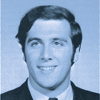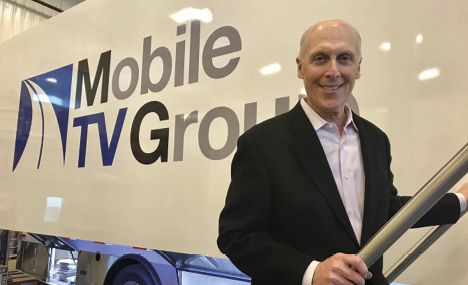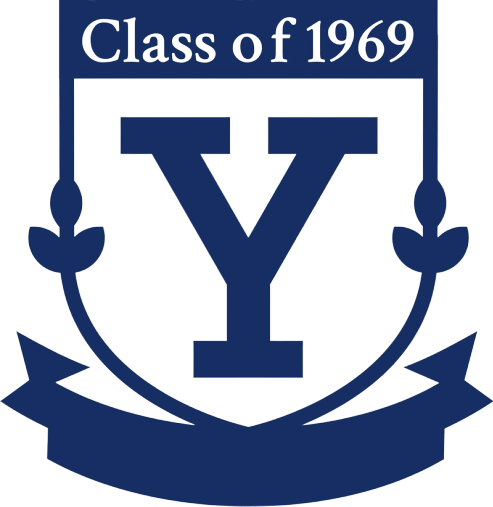Philip Roger Garvin – 50th Reunion Essay
Philip Roger Garvin
 100 W. Noe Road
100 W. Noe Road
Larkspur, CO 80112
philip@coloradostudios.com
303-549-8585
Spouse(s): Angela Seda-Garvin (10 years)
Child(ren): Jana Garvin (1984); Leah Garvin (1986); Nicholas Garvin (1992)
Grandchild(ren): Phoenix May (2016)
Education: Yale BA, BFA 1969; Yale MFA 1970
Career: Photographer/Film-maker/ Television Producer/Cameraman at PBS and CBS. Founder/President of Colorado Studios and Mobile TV Group. Co-Founder and GM of HDNet/AXs.tv. Author/Photographer: A People Apart (1970); Religious America (1974).
Avocations: Ranching; Public Education
College: Morse
Yale provided an opportunity to associate with the best minds in the world. For example, I worked with Vincent Scully, the leading art and architecture historian, traveling together to explore Native American archaeological sites and, during my graduate year, he named me Assistant to the Master at Morse.
Two others at Yale enhanced my career:
Howard Elinson, a sociology professor, asked for volunteers to photograph the Hasidic Jews in NYC (which he was studying), warning that they avoided being photographed and could be violent with photographers. I jumped at the chance and over the next two years took thousands of photographs of the Hasidim which resulted in the publication of my first book. Some Hasidim gave me permission and I was welcomed into their synagogue and homes, but others were less welcoming. One group chased me while I was photographing them. I ran to my car, but they caught up to me and started rocking my little 1964 Opel and nearly rolled it over before I accelerated and escaped.
In 1972 I received a Rockefeller grant to photograph grass-roots spiritual experience throughout the US. Halfway through the eight-month project, I found a congregation near L.A. that necessitated filming rather than still photos. I had no money to rent the cameras and lights, so I called Chester LaRoche, Yale Class of 1918S, asking for help. (Chet was an executive in media and had funded a film I made for the Yale Alumni organization.) He said, “No problem—just call Card Walker over at Disney. He’s the president, just replaced Roy and Walt Disney and he’ll help you out.” I asked Chet if he would make an introductory call and he responded that wouldn’t be necessary. I called Disney, was connected to Walker’s assistant’s assistant and got a nice version of, “Don’t call us, we’ll call you back.” Amazingly, 15 minutes later the phone rang.
“Hi, this is Card Walker. How’s Chet?” he asked.
I had no idea how Chet was, but offered, “He’s fine, I just talked with him and he said you might be able to help me with a project I’m working on.”
“Well, why don’t you come see me tomorrow at the studio?”
The next day I drove over to Walt Disney Studios and was ushered into Walker’s office—an office which almost every American knew from having seen it on Walt Disney’s introduction of every episode of the weekly Walt Disney’s Wonderful World of Color television show. I told Walker about my project and he said he would be glad to help me. He called down to Disney’s camera room and said, “I’m sending Phil Garvin down. He’s got a great documentary project. Lend him whatever he needs.” And that was it. I got the biggest break in my life and with it I was able to film the pilot of my first TV series, and literally everything else in my career flowed from that moment at Disney. All thanks to Yale and Chet LaRoche.

Philip in front of one of his mobile television production units
If the above is blank, no 50th reunion essay was submitted.
